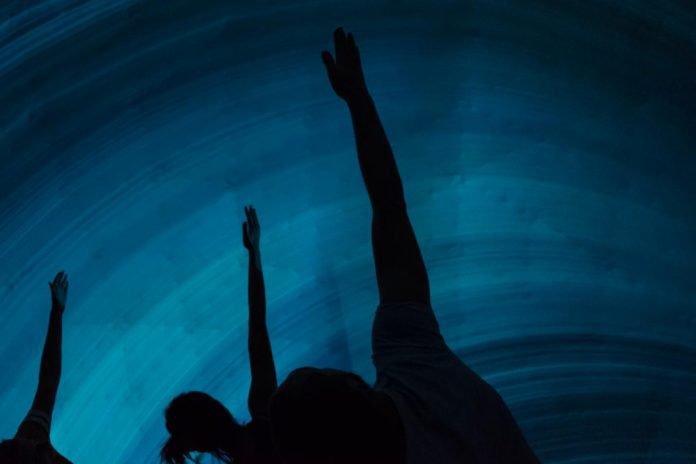Last Updated on November 30, 2023 by Asfa Rasheed
In the realm of immersive technologies, virtual domes and 3D projection mapping have been pushing the boundaries of visual and interactive experiences. These cutting-edge technologies have found their way into various industries, from entertainment and education to scientific research and architectural design. In this blog post, we’ll delve into the concept of a virtual dome and explore the fascinating world of 3D projection mapping within these immersive environments.
Table of Contents
Understanding Virtual Domes
A virtual dome, also known as a digital dome or planetarium dome, is a spherical or hemispherical projection surface used to create immersive 360-degree visual environments. These domes are typically equipped with high-resolution projectors, advanced software, and sometimes a variety of sensors to create realistic and immersive experiences for viewers. The primary goal of a virtual dome is to transport the audience to different worlds, whether that’s exploring distant galaxies, diving into the depths of the ocean, or taking a journey through history.
The key components of a virtual dome system include:
Projection System: High-quality projectors that can cover the entire dome surface with images and videos. The projectors are carefully calibrated to ensure the content is displayed seamlessly.
Dome Surface: The curved or spherical surface on which the visuals are projected. This surface can vary in size and shape, depending on the specific application and the desired level of immersion.
Content Creation and Playback Software: Specialized software that helps design and render content for the dome. It allows for the creation of immersive experiences and real-time interactivity.
Applications of Virtual Domes
Virtual domes are versatile and have a wide range of applications. Here are a few notable examples:
Planetariums: Virtual domes are most commonly associated with planetariums, where they are used to recreate the night sky, simulate space travel, and educate visitors about astronomy and the cosmos.
Museums: Museums use virtual domes to create interactive exhibits, bringing history and science to life in a way that engages and educates visitors.
Entertainment: Immersive shows and performances use virtual domes to provide audiences with mind-blowing visual and audio experiences.
Education: Virtual domes are also making their way into classrooms, where they enhance learning experiences by taking students on virtual field trips or providing interactive lessons.
3D Projection Mapping in Virtual Domes
One of the most exciting features of virtual domes is their ability to support 3D projection mapping. This technology takes immersive experiences to the next level by mapping three-dimensional content onto the dome’s surface, creating an even more engaging and realistic environment.
Key aspects of 3D projection mapping in virtual domes include:
Immersive Environments: 3D projection mapping can transform the dome into a lifelike representation of various environments, from dense forests and bustling cities to the vastness of outer space.
Interactive Experiences: Interactive content allows viewers to engage with the environment by controlling what they see or exploring different aspects of the projection.
Educational Value: In educational settings, 3D projection mapping can take students on virtual journeys through history, the human body, or even microscopic worlds.
Entertainment: 3D projection mapping is used in immersive entertainment experiences, such as concerts and multimedia art installations, offering audiences a unique visual and sensory treat.
Conclusion
Virtual domes and 3D projection mapping are at the forefront of immersive technologies, offering a glimpse into the future of entertainment, education, and interactive experiences. Their ability to transport viewers to different worlds and engage their senses in ways never before possible makes them a remarkable tool for various industries. As technology continues to advance, we can expect virtual domes and 3D projection mapping to play an even more significant role in shaping the future of immersive content and experiences.
















